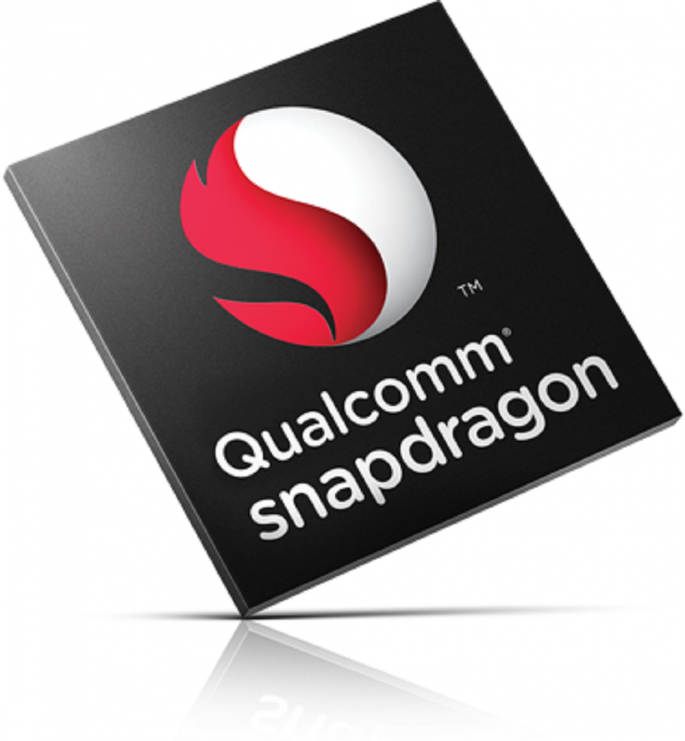Qualcomm released the Snapdragon 820 chip hardware on Wednesday morning at a New York media event. The chip more than just runs apps on mobile phones and tablets.
According to Engadget, the chip will deliver LTE speeds of up to 600 Mbps, support 802.11ad WiFi, is power efficient and uses machine learning to battle malware within the gadget. The chip would be found in devices released in 2016.
Slashgear reports that the chip has at least five offerings to gadget users expected to make them happy owners of devices.
The first is clearer video. Despite improvements in technology, if smartphone owners shoot images with low light, photo and video clarity are compromised. But the enhanced algorithm of the Snapdragon 820, baked into the Hexagon Vector eXtension system, make clearer the dim areas.
In a demonstration of how the 820 chip improved video clarity, a juggling scene was shot with low-light condition. In a regular camera with a different chip, most of the details in the darker areas would be lost, but in the gadget with the Qualcomm chip, the details were clearer, but the lighter parts of the entire frame were not washed out.
Second is better sound which is often compromised as screens expand and phone bodies become thinner. That's because in those phones, there is not much room left for higher-quality speakers. However, the new WSA8815 speaker amplifier within the Snapdragon 820 does not cap overall volume but processes it in real-time. The result is that peaks are limited, while overall impression of greater loudness is raised for quieter sounds with no risk of damage.
Third is better sound of voice calls and less drop by supporting latest WiFi calling and VoLTE technologies as well as switching between the two in a smarter way. Snapdragon's X12 modem analyzes WiFi strength and channel quality and switches between the two technologies as those factors change. The chip also removes the need for systems upgrade to carrier, so long as the VoLTE is enabled by the network and the WiFi calling is on the same IP subsystem.
Fourth, for antenna signals, Qualcomm improved the algorithm which boosted data speeds by up to 49 percent and call reliability by up to 30 percent. Fifth is the ability to unlock the smartphone by tapping the display, removing the need for a biometric scanner in the home button or the back by the camera. That's because the phone's sense ID fingerprint authentication uses ultrasonics instead of a capacitative sensor to scan the outer dermis and details of the skin underneath despite sticky, wet or greasy fingers.



























